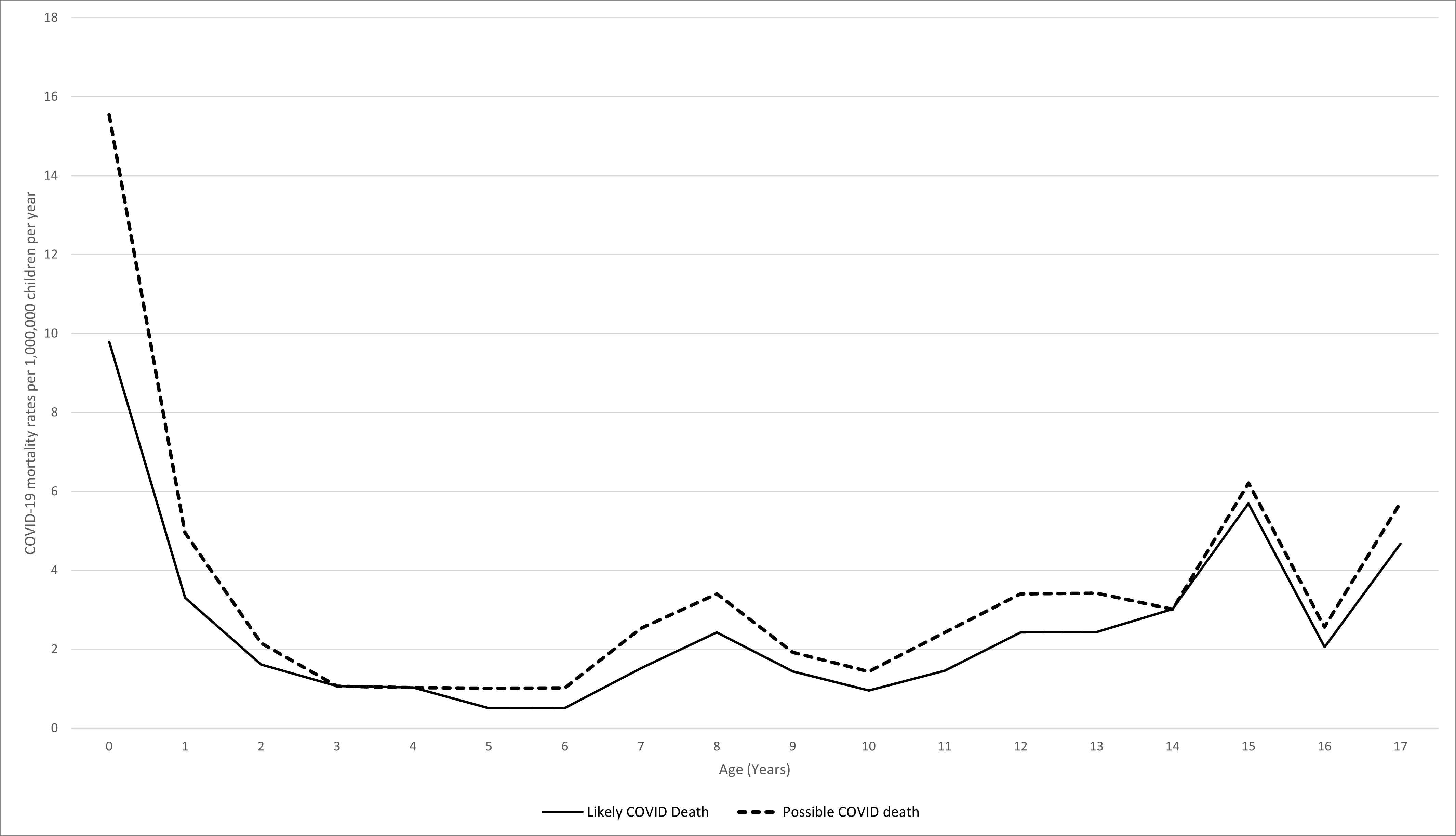Infectious Diseases
Session: Infectious Diseases 1
574 - Deaths in Children and Young People in England following SARS-CoV-2 infection during the first two years of the pandemic: a national study using linked mandatory child death reporting data
Friday, May 3, 2024
5:15 PM - 7:15 PM ET
Poster Number: 574
Publication Number: 574.116
Publication Number: 574.116

David Odd, MB ChB MSc MD (he/him/his)
Epidemiologist
National Child Mortality Database/Cardiff University
Axbridge, England, United Kingdom
Presenting Author(s)
Background: Identifying CYP at highest risk of death after COVID-19 remains critical in order to learn from the COVID-19 pandemic.
Objective: The aim of this analysis was to describe the epidemiology, demographics and characteristics of CYP who died of SARS-CoV-2 infection in England during the first two years of the pandemic.
Design/Methods: The cohort investigated in this study is all CYP resident in England, born alive at or after 22 weeks of gestation, who died before their 18th birthday between Feb 2020 and Mar 2022. Population profile was obtained from the Office for National Statistics (ONS) 2021 census data. Deaths were linked using to COVID-19 results, vaccination status and previous hospital attendances. All cases were reviewed to identify if SARS-CoV-2 likely, or possibly, contributed to death. Mortality rates with 95% confidence intervals were calculated, assuming a Poisson distribution, for the whole population, and split by demographics and patient characteristics.
Results: 88 of the 6389 deaths of CYP were identified as deaths likely due to COVID-19 (Figure). Of all the 6389 CYP who died, none of the 84 who had been fully vaccinated died of COVID-19. Overall mortality rate due to COVID-19 in CYP was estimated to be 3.59 (2.88-4.42) per 1,000,000 person years, being higher in the youngest ( < 5 years; 4.68 (3.16-6.68) and oldest (16/17 years; 4.83 (2.57-8.26)) CYP. Asian and Black CYP had higher mortality than those from white backgrounds (p < 0.001), and mortality rate increased with increasing deprivation. The majority (72/88, 81.8%) of CYP who died of COVID had a documented Life Limiting Condition.
Conclusion(s): COVID-19 was responsible for 1.4% of all deaths of CYP between 2020 and 2022. However mortality rates were highest in the youngest children. Despite social changes, and shielding of vulnerable CYP, children with underlying, and life limiting (but not necessarily life-threatening) conditions, appeared to have the highest mortality rates, similar to that seen in adults with comparable underlying conditions. The risk of death in England’s more deprived neighbourhoods, and in those from Asian and Black ethnic backgrounds appears substantially higher than their peers and was not explained by their other demographic characteristics.

